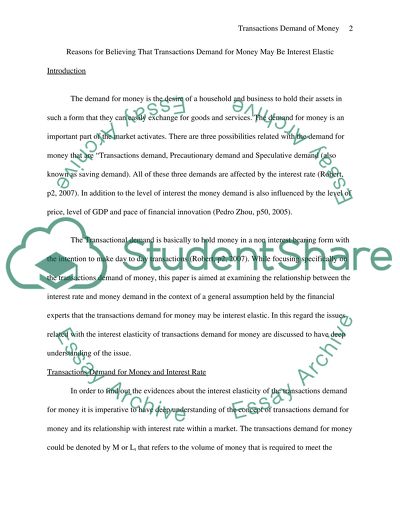Cite this document
(A Stable Money Demand Term Paper Example | Topics and Well Written Essays - 2500 words, n.d.)
A Stable Money Demand Term Paper Example | Topics and Well Written Essays - 2500 words. Retrieved from https://studentshare.org/finance-accounting/1501679-money-transactions
A Stable Money Demand Term Paper Example | Topics and Well Written Essays - 2500 words. Retrieved from https://studentshare.org/finance-accounting/1501679-money-transactions
(A Stable Money Demand Term Paper Example | Topics and Well Written Essays - 2500 Words)
A Stable Money Demand Term Paper Example | Topics and Well Written Essays - 2500 Words. https://studentshare.org/finance-accounting/1501679-money-transactions.
A Stable Money Demand Term Paper Example | Topics and Well Written Essays - 2500 Words. https://studentshare.org/finance-accounting/1501679-money-transactions.
“A Stable Money Demand Term Paper Example | Topics and Well Written Essays - 2500 Words”, n.d. https://studentshare.org/finance-accounting/1501679-money-transactions.


